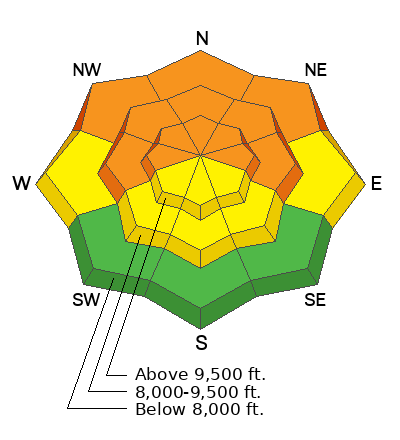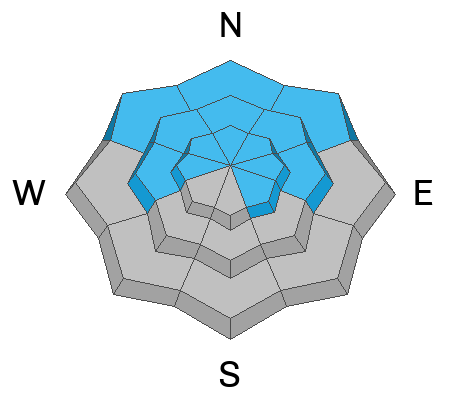Forecast for the Skyline Area Mountains

Issued by Brett Kobernik on
Wednesday morning, January 24, 2024
Wednesday morning, January 24, 2024
The overall avalanche danger remains CONSIDERABLE.
Human triggered avalanches breaking deep into sugary facets at the base of the snowpack is a continued threat.
The most likely places to trigger an avalanche are on very steep mig and upper elevation slopes that face west, north and east.

Low
Moderate
Considerable
High
Extreme
Learn how to read the forecast here




